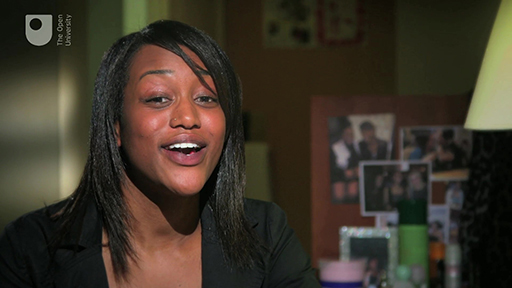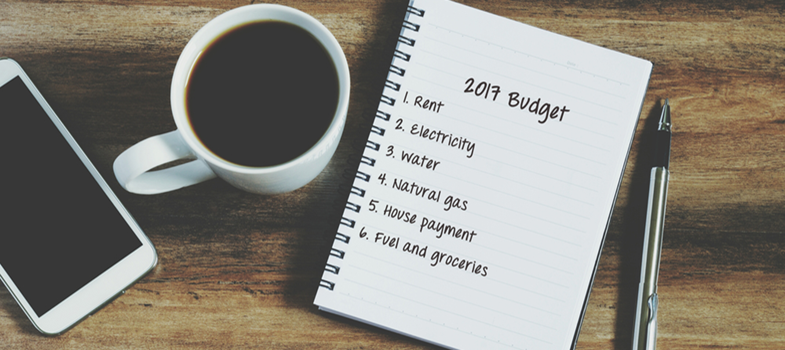Stage 2. Decide: what do you want?
Now you’ve assessed your current income and spending, you can start deciding what you want. Go to the “Decide” column in your budget planner and fill it in as you do the steps below – we’ll come back to your budget table later on but need to focus on your goals first. What are your goals, and what do you need financially to achieve them? What are your spending priorities – what kind of spending makes you happy? How can you do both while guarding yourself and your family against financial shocks that may lie ahead?
Step 1: Make a list of your goals – things you want or would like to achieve. They might be a particular holiday you want to have, an item you want to own, an experience, a new skill you want to learn, or a change in your circumstances such as being debt free or being more confident and less worried about your finances. They could just be being able to spend more money on a certain area, such as your children, clothes or going out more. I’d suggest thinking of around 2-10 goals.
Step 2: Imagine yourself in the near future with each goal achieved or not achieved, and concentrate on the difference each makes. For example how happy would you be if you’d just come back from a particular holiday, if you owned your own home, or if you were free of money worries, compared to how you are now? This may sound like a silly exercise but research shows matching your personality to what you spend money on can have a bigger impact on your happiness than how much money you have, and one of the most positive effects of budgeting is to refocus your spending towards things that really make you happy.
Step 3: Narrow your list to the 1-2 goals you think would make you happiest. Write them in the goals table on your budget planner [Tip: hold Ctrl and click a link to open it in a new tab. (Hide tip)] .
Step 4: Think about the implications of each goal – what needs to happen to achieve each? What actions do you need to take? You may find there are trade-offs between different goals. If so, try to identify which are most important for you to achieve.
You’ll notice that goal 3 is already filled in: regularly save a small amount into a savings account. There is a huge amount of evidence that having even a small amount saved in case of an emergency significantly reduces the impact financial shocks have on us, and that we all underestimate how likely a shock is to occur. Things like your car or boiler breaking down, losing your job, falling ill, or any of the host of other reasons you might need to find some money quickly. Debt charities estimate that half of all households who find themselves in serious debt problems – around 500,000 people – wouldn’t do so if they have £1000 saved. Saving a small amount regularly, even if you can only afford a few pounds a month, may be the single most important thing you can do for your and your family’s financial wellbeing. Later on we’ll show how virtually everybody can do this.

Transcript
Stage 1. Assess: calculate your spending
